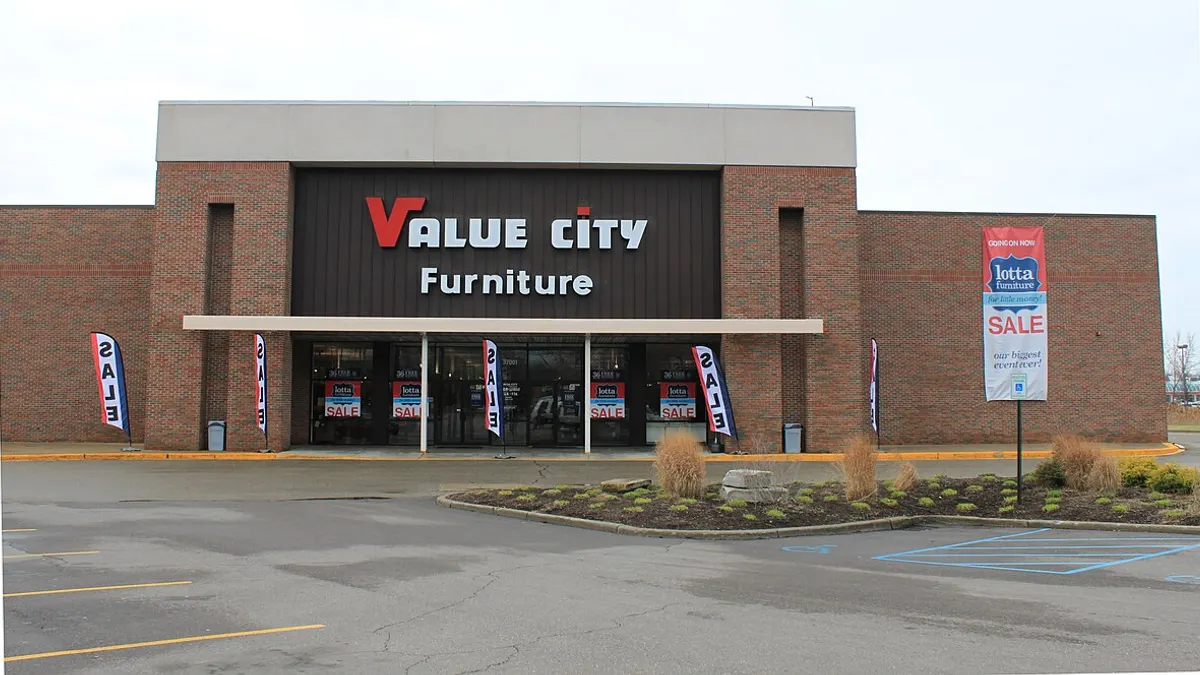There was a time when the American department store evoked a sense of fun and feelings of empowerment on the part of its customers. Consumers had an opportunity to enjoy the process of shopping rather than just acquire goods. It was good old department-store magnate Marshall Field — whose eponymous Chicago-based empire no longer exists, bought out by Macy’s long ago — who made famous the slogans “The customer is always right” and “Give the lady what she wants,” and who started the policy of unconditional returns.
These days, shopping isn't always as fun. It’s not often that a customer feels catered to, and much merchandise is available somewhere else. Therefore, there are a lot of incentives to shop online, where there's often free shipping right to the front door, and where it is much easier to find the best price.
It’s no surprise, then, that we’re at a moment when the customer is wielding a lot of power. Retailers need to provide a good reason to go to their stores, their apps, or their sites — and while it’s about the products, it isn’t just about the products.
Some retailers seem like they’re struggling to find their place in this new environment. Like the passing of the Gilded Age department store, it could be their time. Here are five who must find a way to survive:
1. J.C. Penney
On Feb. 4, J.C. Penney’s stock fell to its lowest price since 1962 — the same year it began its famous catalog business.To stanch the bleeding from dismal sales, which the disappointing holiday season did nothing to help, the company has tried turning back to some old policies that had been discontinued by now-ousted CEO Ron Johnson. Sales commissions are back, as is the policy of tagging heavy discounts onto heightened prices (a policy popular with J.C. Penney fans that Johnson had nevertheless deemed “fake”).
A lot of Johnson’s innovations at the 112-year-old retailer are now discussed with some scorn, but it’s important to keep in mind that he is a former Apple executive known for his retail savvy. He was brought in to save the retailer from several quarters of waning sales and revenues, replacing CEO Mike Ullman, who is now back. The move is seen by some as an act of desperation to undo what is now considered Johnson's damage. But while Ullman’s re-instituting of J.C. Penney policies have helped uptick sales somewhat, the very idea of returning to the place that wasn’t good enough is a bit of a head-scratcher.
It's no surprise, then, that Wall Street doesn't care much about the small gains. J.C. Penney is a mid-range retailer born of the golden age of the early-20th century’s dry-goods-store-turned-department-store days. It still has a small fan base, but it needs more than that to survive much longer in the 21st century.
2. Sears
There was a time when the Sears Roebuck catalog had nearly anything an American could buy — work boots, swim suits, aprons, tools, appliances, and even entire houses. But Sears no longer has the same relationship with America it once did. As of last year, American families can’t even take their traditional Sears Portrait Studio photo because the photography business that ran the service went bankrupt, most likely a victim of the ubiquitous picture-taking habits of every cell phone holder.
When Sears closed its downtown Chicago flagship store earlier this year, it felt a little like the retailer was admitting defeat. Sears is a shadow of its former self, and it continues to close stores, lay off employees, and shed assets in hopes of garnering cash as it struggles to compete with traditional department stores, big-box stores, and the likes of Walmart and Target. Chairman and CEO Edward Lampert is also putting money and muscle into the technology it will take to boost its e-commerce segment. If successful, the move could, in a way, bring the retailer back to its roots, when its catalog was the go-to place to order pretty much everything. Most importantly, it should beef up its still-admired Kenmore and Craftsman brands and do all it can to make those products indispensable to Americans.
3. Abercrombie & Fitch
If Abercrombie & Fitch fails as a brand, a lot of freaks and geeks might just cheer. As it is, the faltering retailer this year stripped CEO Michael S. Jeffries from his chairman duties — a sign that the company acknowledges Jeffries’ part in the retailer’s tanking sales among its teen-to-young-adult demographic. Jeffries has made ugly comments about the brand being only for cool kids, good-looking kids, people with washboard stomachs and surfing habits, and not for fat kids. These and similar sentiments sparked protests and boycotts.
To be sure, A&F did begin as an elite 19th-century retailer of outfitter clothing, guns, and gear for rich men in New York City, for when they wanted to go duck hunting or prepare for other manly outdoor pursuits. For that matter, Jeffries did a lot to wake up the brand by updating its image and its products in recent years. But Abercrombie has the perfectly wrong attitude for today’s era of customer empowerment. Only once the retailer behaves like it knows that its customers —freak, geek, surfer, or whomever — are in charge of who gets to wear its clothes will it have a chance to survive.
4. Barnes & Noble
It’s common knowledge now that Barnes & Noble hasn't been able get its digital act together. A beloved New York-based national bookstore chain, it made a valiant attempt to develop its Nook hardware and e-book business, but hasn’t been able to demonstrate the market savvy that has propelled Amazon’s Kindle or even other tablet competitors. It hasn’t figured out how to play the e-book pricing game, either, and is getting pummeled as a result.
The book-seller does enjoy a corner on the academic textbook market, running stores on several campuses nationwide. But Amazon recently even invaded that corner, announcing that, in addition to its textbook rental service, it is operating the University of California-Davis’ online textbook store.
Barnes & Noble is the chain store behemoth that people cherish, probably because its stores are often a feature of many downtown areas. Although it closed its longtime, textbook-heavy store in Manhattan early this year, its physical stores are fairly healthy. The store isn’t in grave danger; people do still like to wander into a book store and get a book. But it needs to be ready to turn the page lest it should go the way of Borders.
5. RadioShack
The Monday after Super Bowl XLVIII, RadioShack got kudos and even a thumbs-up from Wall Street in the form of a 7% stock jump due to an adorkable, self-deprecating ad that poked fun at its own past-due image. The day after that, though? The electronics retailer announced it would close 500 of its 4,500 stores nationwide, busting its own prediction months earlier that its turnaround wouldn’t require store closings. Competition in the electronics retail arena remains fierce, as rivals like Best Buy can also attest. But if RadioShack can go beyond talk of boosting its image and brand to really pleasing its customers, then 500 stores will just be par for the course at this point in its restructuring. If it can’t, though, then not even the '80s will call to get its RadioShack store back.
Would you like to see more retail news like this in your inbox on a daily basis? Subscribe to our Retail Dive email newsletter! You may also want to read Retail Dive's look at 5 directions retail tech is headed in 2014.






















